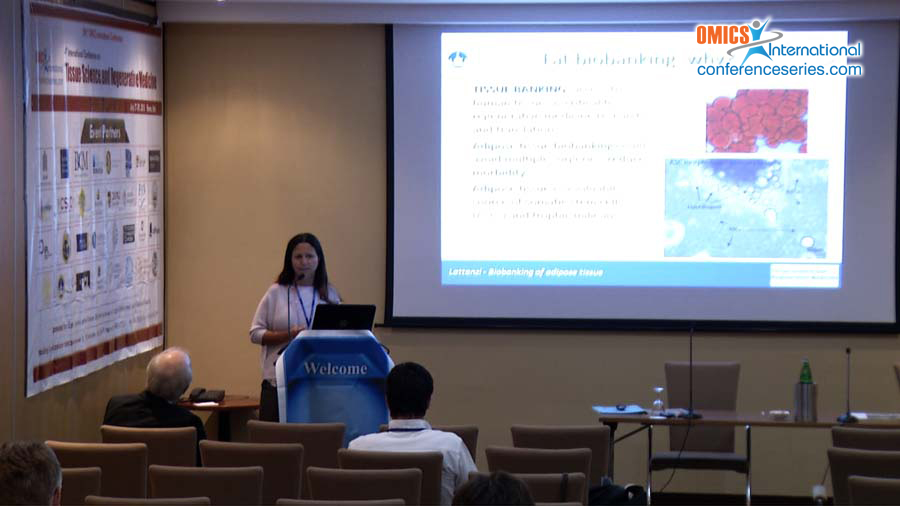
Wanda Lattanzi
Università Cattolica del Sacro Cuore
Italy
Title: Biobanking of subcutaneous adipose tissue: effect of site, cryopreservation, age and BMI
Biography
Biography: Wanda Lattanzi
Abstract
The preferred setting for regenerative medicine applications is the availability of clinically acceptable off-the-shelf tissue and cell-based products. Cryopreserved adipose tissue (AT) represents a valid approach to this aim. Our previous study demonstrated that superficial subcutaneous AT is endowed with increased yield and stem properties Here we compare adipose-derived stem cells (ASCs) isolated from cryopreserved AT harvested from superifical and deep sites. Cellular yield, viability, immunophenotype, proliferative and multilineage potential were analyzed. The influence of BMI and donor age was also taken into account. To this aim, lipoaspirates were collected through manual liposuction from female patients undergoing elective lipofilling. The tissue was cryopreserved at -80°C for a month and after that in liquid nitrogen cylinder at −196 C for long-term storage. After fast thawing, cell morphology was analyzed histologically, hence adipose-derived stem cells (ASCs) were isolated by plastic-adherence and immunophenotyped. The expression of genes involved in stemness, trophic features and commitment, was analyzed. Cryopreservation reduced significantly the cellular yield, as expected, especially in deep harvests. It had no effect on cell viability, proliferation and multilineage potential of cells. Donor age and BMI significantly affected cell viability and gene expression, more markedly in deep than in superficial subcutaneous fat harvests. Our data suggest that: 1. superficial subcutaneous AT may be cryopreserved and potentially banked without affecting cellular viability and biological properties; 2. the stem properties of superficial AT lipoaspirates are less affected by age and BMI, compared to deep harvests.

